Step into the past in the most well preserved post town on the route to Ise Jingu
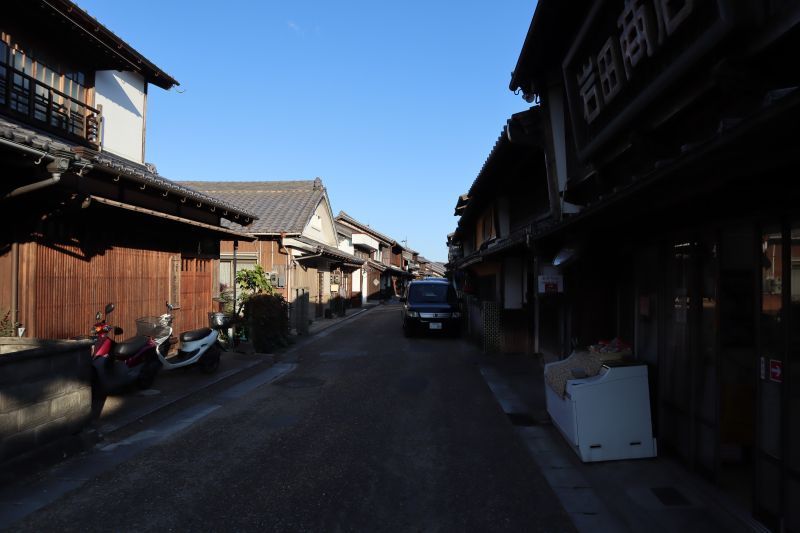
For more than 1,000 years, Japanese people have been making the pilgrimage to Ise Jingu, the most sacred shrine in Japan. In the Edo Period, post towns were established along the Tokaido Road route between the ancient capital of Edo (now Tokyo) and Kyoto for travelers to rest and eat. Sekijuku was one of the post towns that flourished during this period due to the large number of people visiting Ise Jingu and the feudal administrative system known as Sankinkotai. This system required feudal lords to alternate their residence annually between their domain and the capital. One of the results of Sankintokai was a constant flow of travelers that needed places to stay and eat. In Sekijuku, many of the original buildings are still standing and restaurants serve delicious local dishes that have been served for generations.
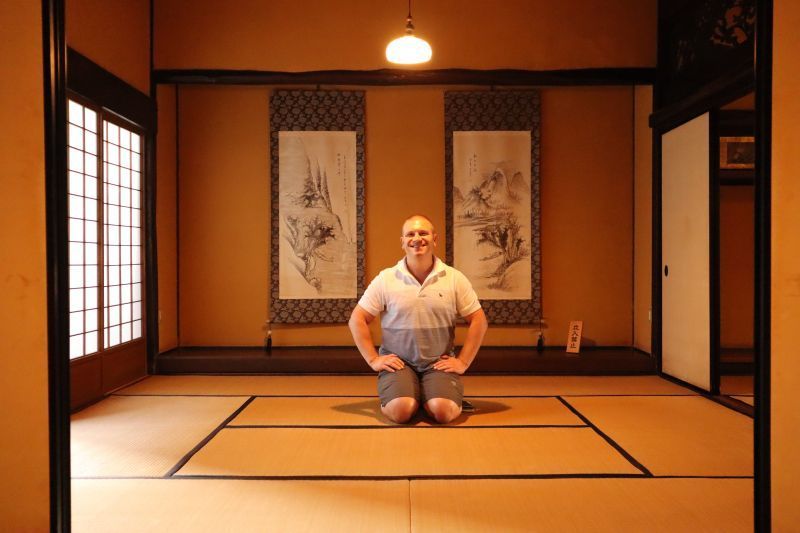
About the Author:
I live with my family in Gifu, Japan. I had never been to Sekijuku and I was really impressed with all of the history to be experienced there. Visiting the palace showed me how much Japan has changed, even though Japanese people still place a high value on travel.
The town of Sekijuku is like a living piece of history and there are many museums and restaurants for people to visit. My plan was to learn more about traditional Japanese culture and sample some of the local sweets that have been enjoyed by travelers for hundreds of years. I was looking forward to going back in time to see how life was different in feudal Japan compared to now.
The first place I visited was Sekijuku Hatago Tamaya Historical Museum, which is an Edo Period inn that has been preserved to show the conditions for Japanese travelers in the distant past. For example, I could see the area where people would wash their feet after walking in open sandals (“waraji” in Japanese) for long distances.
The inn was so well preserved, that I could imagine being a pilgrim long ago and feeling glad to reach Sekijuku and rest my weary feet. The other rooms in the museum had also been arranged to display the way it would have been in the Edo Period. The tatami mats released a lovely aroma and all of the dark wood created a comfortable and cozy atmosphere.
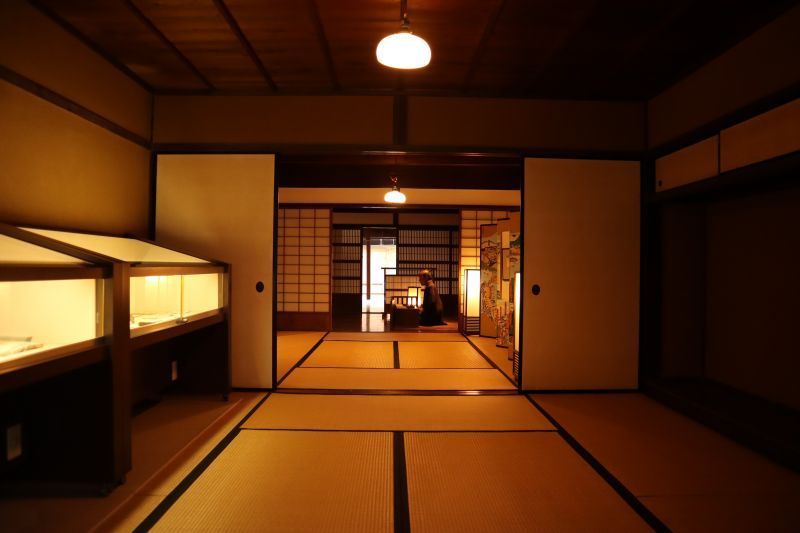
Caption: The rooms in the Sekijuku Hatago Tamaya Historical Museum were spacious and felt comfortable.
As I toured each area of the museum, it felt like I had been transported to a time in the distant past. To be completely surrounded by the ambience of a traditional inn with few modern distractions also created the surreal feeling of being in a historical movie.
I was able to take my time as I walked around and really appreciated the calm atmosphere of the building. It was also wonderful to walk on the tatami mats and feel the unique texture of the material under my feet.
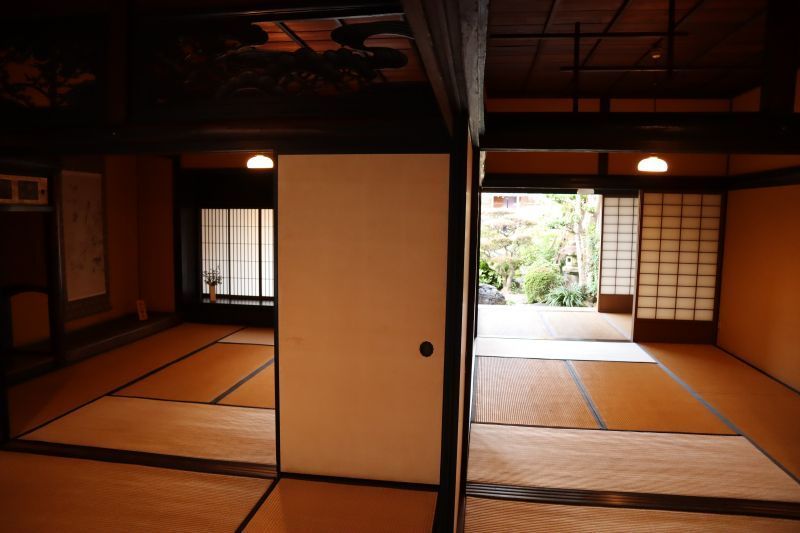
The sliding doors separating many of the rooms were open and this allowed fresh air to flow freely through the museum. It also created a lovely sense of balance between the interior of the building and the natural world outside the walls.
With the doors open, I could see beautifully manicured gardens that are such a big part of the aesthetic in traditional Japanese settings. I was feeling so calm and relaxed from the vibe of the inn that I decided to take a short break in an area with a nice garden view. I could understand how weary travelers would be able to refresh and prepare for the next leg of their journey at this amazing place.
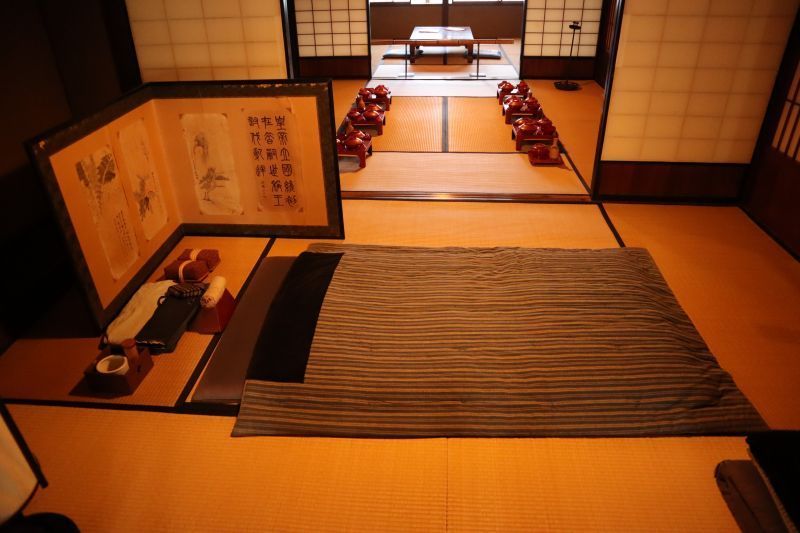
The futon style bed did not look as comfortable as a western mattress, but it was interesting to see the original set-up of the inn’s bedrooms. After seeing the sleeping area, it was time to explore the kitchen space and see how food was prepared in the Edo Period.
Of course, the travelers who stayed at this inn long ago when making the journey on the Tokaido Road would have needed plenty of food to regain their strength and prepare to continue after a night of rest. To prepare all of the daily rice that would be needed, the kitchen had an original “kamado” to use for cooking.
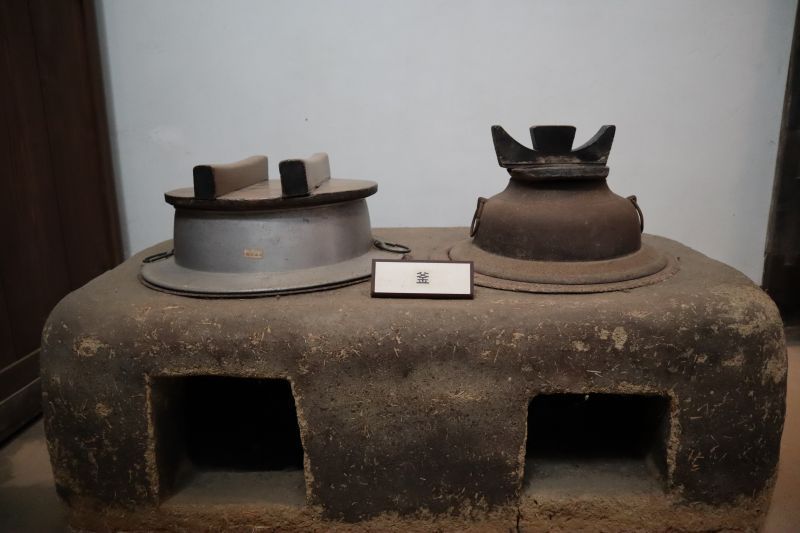
The wood-fired stove looked very well made and it was amazing to see it in its original condition. The kamado was used to cook rice and it was incredible to see the one that was actually used at the inn so long ago. It was also interesting to compare this design with other kamados I had seen in use at some traditional guesthouses in Japan.
I appreciated the fact that I could see these ancient artifacts in their natural environment where they were used instead of in a regular museum display. I felt like this type of experience presented a much truer depiction of how life in Sekijuku was in the Edo Period.
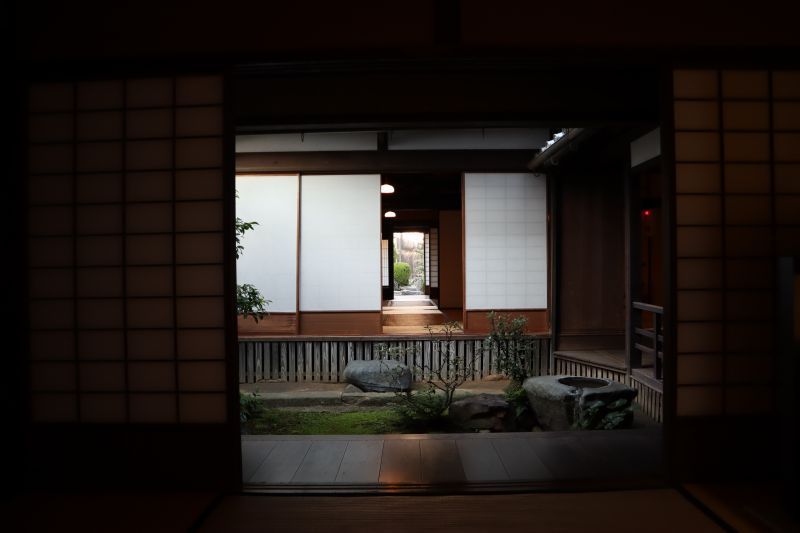
The Sekijuku Hatago Tamaya Historical Museum was a perfect way to start my day in Sekijuku and it had provided me with a clear view into the lives of ancient Japanese travelers. The design of the traditional inn was wonderful and it was as warm and inviting as it must have been so long ago when this post town was bustling with people moving across the country.
My next destination was the Seki Machinami Museum where Sekijuku’s town history had been preserved for future generations. This museum is in the center of the town and one of the traditional buildings has been preserved in its original state and opened to the public with information describing how Sekijuku has changed over time.
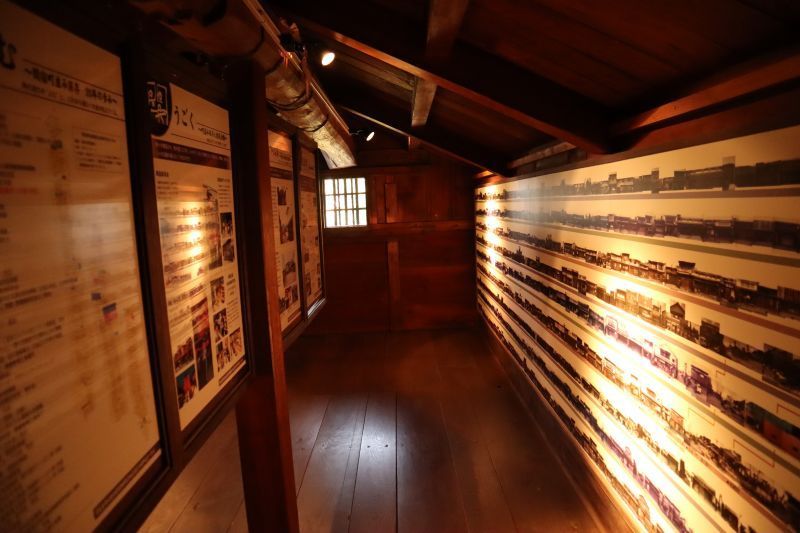
When I entered one of the buildings of the museum, it felt like I had entered a different century and I was amazed at how well preserved the interior was. There was information on the walls of the building describing how the town had changed along with Japan itself through past eras.
Even though I am a big person by Japanese standards, I could still walk comfortably in the narrow hallways of the buildings. This was a pleasant surprise, and it helped me to enjoy the ambience and soak up the history instead of feeling physically awkward. It was very interesting to see how Sekijuku had changed over time and adapted to the needs of travelers who stopped to rest on their journey.
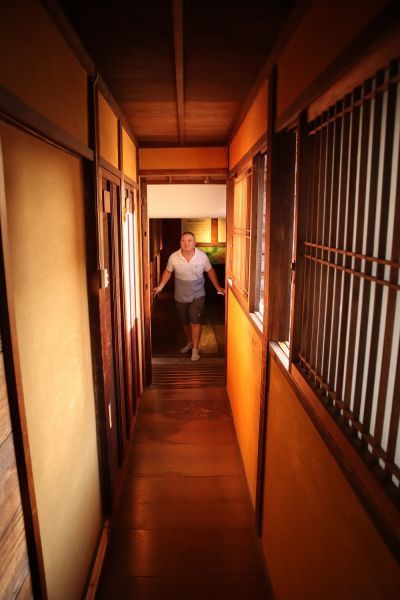
The interior of the buildings had many different colors of wood and the combination of the warm-colored wood and various light sources was quite relaxing. The light fixtures in the rooms were gorgeous and added a sense of luxury to the spaces. I have always felt that light is such an integral part of the Japanese aesthetic and this was definitely true in the rooms of the Seki Machinami Museum.
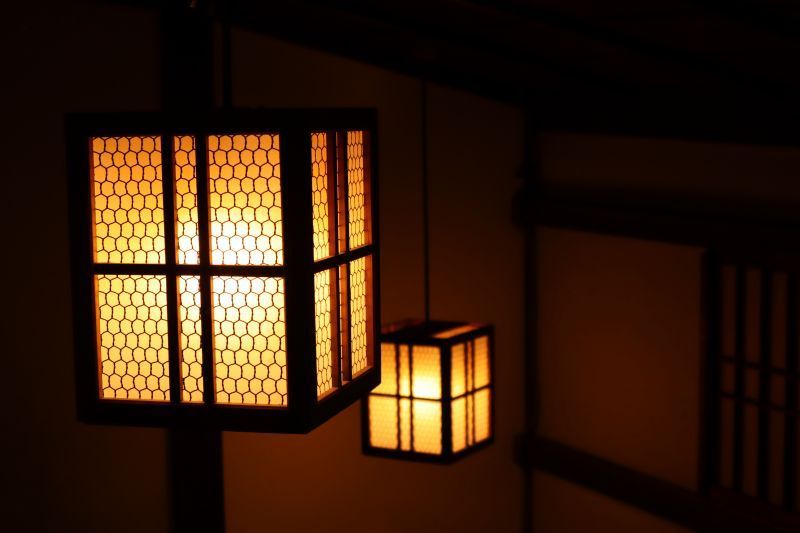
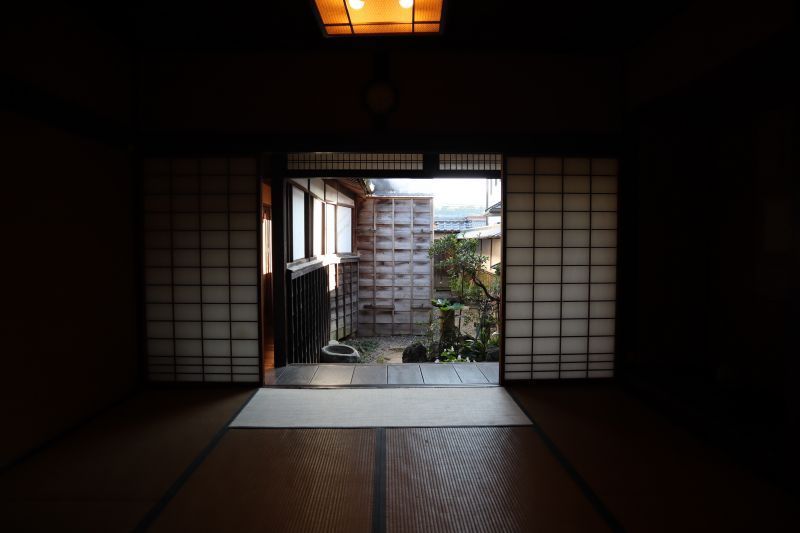
No visit to anywhere in Japan would be complete with sampling local food or sweets. After checking out the two museums and doing a lot of walking, it was time for me to find something good to eat. There is a wide range of culinary options in Sekijuku and I was looking forward to a delicious treat.
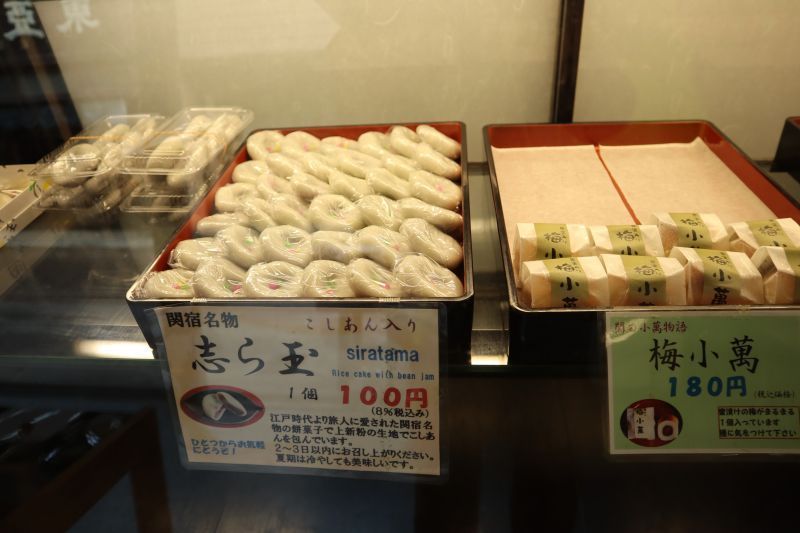
With this in mind, my next stop in Sekijuku was at a sweet shop called “Shiratama” that specializes in making the local specialty of the same name. The small glutinous rice dumplings are not too sweet, so you can enjoy two or three at a time. Shiratama have been a food staple for visitors to Sekijuku for hundreds of years and they are the perfect fuel for a day of exploring in the old post town.
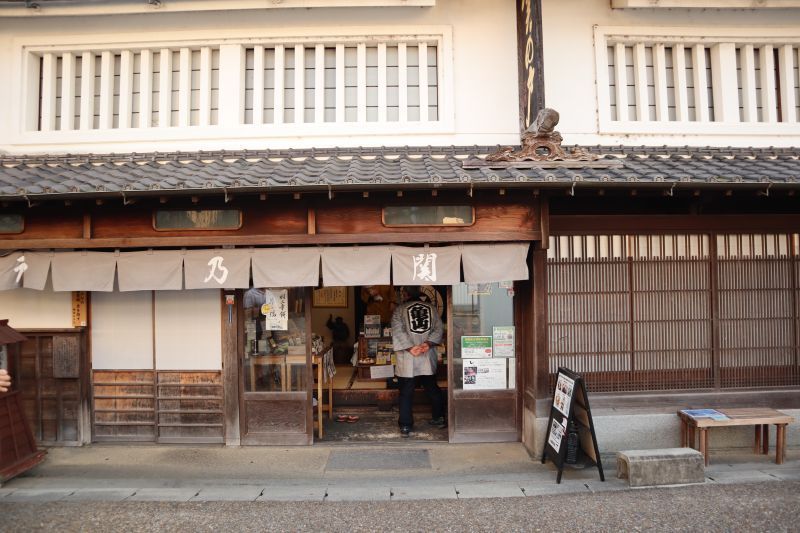
I always love the opportunity to check out small shops when I visit a new place in Japan and the options in Sekijuku did not disappoint. There were so many unique and interesting things to buy and eat that I was having a great time.
After having some yummy shiratama, I tried a few other snacks and picked up some treats to take back home for my family. Shopping was especially fun because of the amazing atmosphere in the wonderfully preserved old town. Sekijuku is truly a place where history is alive and you can really immerse yourself in the past as you walk around.
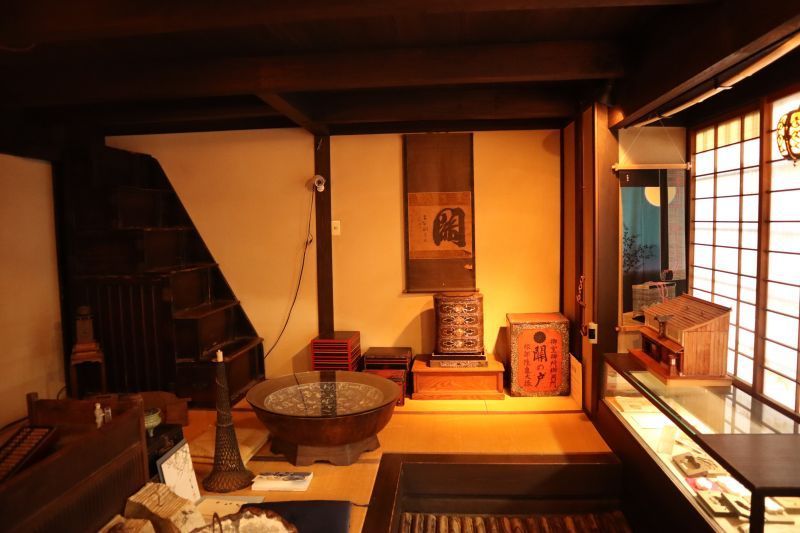
I was having a great time visiting shops and trying some local snacks when I had an unexpected and pleasant surprise. One of the shop owners greeted me in English and we started chatting. I was amazed that he was a direct descendant of Hattori Hanzo, one of the most famous ninja in Japanese history.
He was very friendly and glad to use the English he had learned while living in Canada when he was younger. It was also nice for me to have an extended English conversation and learn some interesting facts about Sekijuku directly from a resident in my own language. After our visit, I thanked him for his hospitality and he wished me well on the rest of my trip.
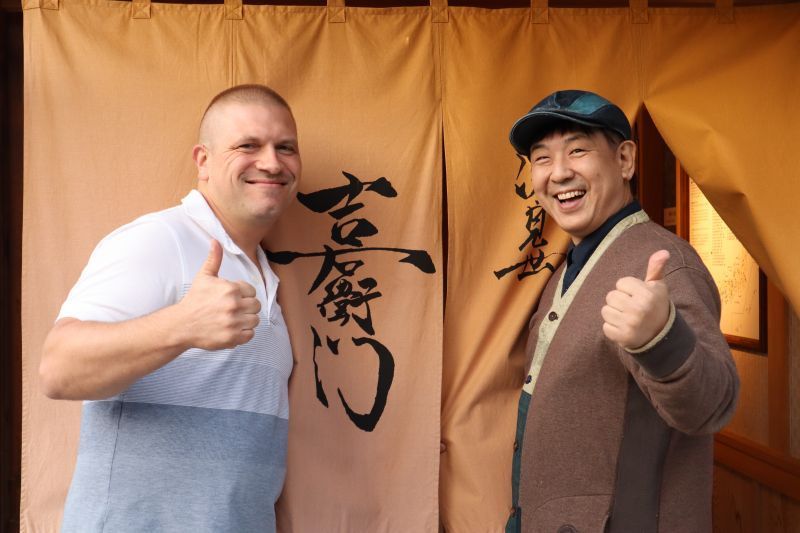
My visit to Sekijuku not only taught me a lot about the history of the Edo Period, it also gave me a chance to feel connected to it in a tangible way. This post town is a living memory of a time when travel connected Japanese people who lived all over feudal Japan. My time there reminded me that travel is a uniquely human experience that continues to strengthen our connections to each other and allows us to share our respect and love for great food and good people.